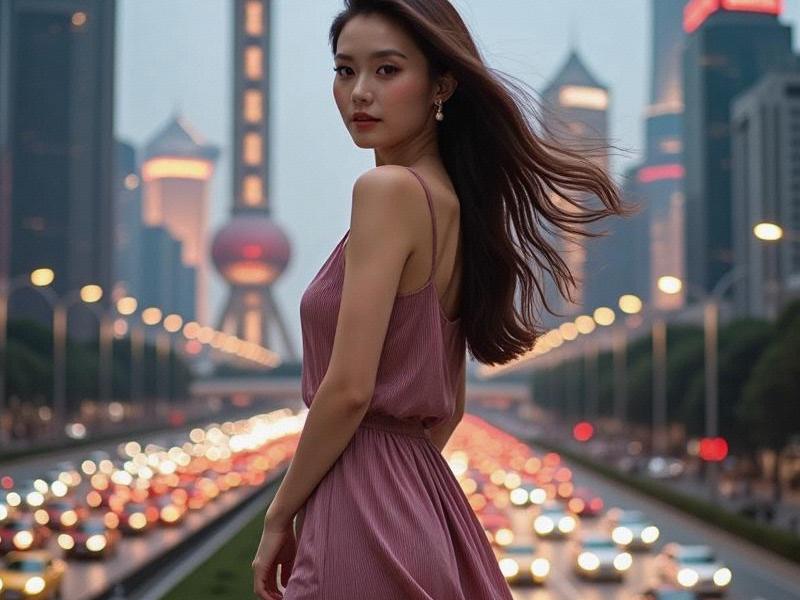This investigative report examines how Shanghai is pioneering a new model of 21st century urbanism that balances technological advancement with cultural preservation, setting benchmarks for cities worldwide.

Section 1: The Shanghai Paradox - Tradition Meets Futurism
1. Historical Foundations:
- From fishing village (1291) to treaty port (1842)
- Art Deco capital of the East (1920s-1930s)
- Socialist industrial base (1950s-1970s)
2. Contemporary Transformations:
- Skyline evolution: 6,300+ skyscrapers (2025)
- Population dynamics: 26.3 million residents
- Economic output: ¥4.8 trillion GDP (2024)
Section 2: Technological Urbanism
1. Smart City Infrastructure:
- AI-powered traffic management (reduced congestion by 42%)
- 5G-enabled public services (98% coverage)
- Blockchain municipal systems
上海龙凤419手机 2. Mobility Revolution:
- Autonomous vehicle penetration (37% of fleet)
- Maglev subway expansion (600km by 2030)
- Drone delivery networks
Section 3: Cultural Renaissance
1. Architectural Preservation:
- 450 protected historical buildings
- Adaptive reuse of industrial heritage
- "New Shikumen" housing projects
2. Creative Economy:
- 320 contemporary art galleries
- Digital content production hub
- Fashion-tech crossover innovations
Section 4: Sustainable Development
上海水磨外卖工作室
1. Ecological Innovations:
- Vertical forests in Lujiazui
- Huangpu River cleanup (water quality +65%)
- Waste-to-energy systems
2. Climate Resilience:
- Flood prevention infrastructure
- Urban heat island mitigation
- Carbon-neutral district pilots
Section 5: Global Financial Hub 2.0
1. Market Innovations:
- Digital yuan experimentation
- Green finance leadership
- Fintech regulatory sandbox
上海品茶论坛 2. Talent Magnet:
- 850,000 international residents
- Startup visa programs
- Global education hub
Section 6: Challenges & Solutions
1. Urban Pressures:
- Housing affordability initiatives
- Aging population strategies
- Rural-urban integration
2. Future Vision:
- 15-minute city concept
- Bio-urbanism experiments
- Space-aware city planning
Shanghai continues to redefine what a global city can achieve, creating a replicable model of sustainable hypergrowth that maintains cultural authenticity while embracing technological transformation.